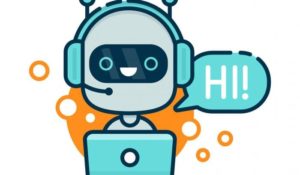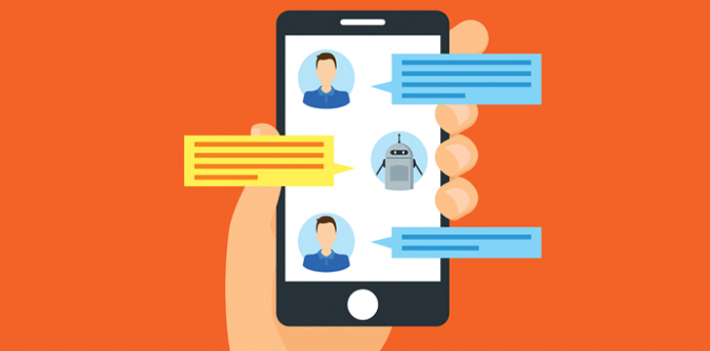Becoming Human: The Path to Making Conversational Chatbots Think Like People
By Madhusudan Mathihalli, CTO and co-founder of Passage AI

Image Source: Technology Advice
“Hello, may I help you?” says the voice at the other end of the 800 number you’ve dialed to ask a question about a recent order that was delivered incorrectly. First, you sigh in relief that you weren’t routed overseas and that the connection is clear and stable. Then, if you’re like most of us, you assume you’re speaking to another person.
Chances are, it’s an artificial intelligence conversational interface or chatbot, and you’re in good hands. Typically, about 40 percent of the questions a customer may ask are considered frequent and repetitive and chatbots can resolve them. Customers don’t mind that, either. A Salesforce report suggests that nearly 7 out of 10 people are fine with chatbots for quick interactions. But what about the other 60 percent that gets passed on to human agents, causing inefficiencies in response time and additional costs to the merchant?
Knowing how to create the learning process for chatbots is key to future success. The chatbot has the advantage of knowing what the customer ordered, so it then becomes a matter of helping it understand and identify what the customer issue is so it can respond correctly. This is accomplished by providing a customer’s historical data and supplementing it with new data as it becomes available.
It’s fairly straightforward for a chatbot to identify from the customer’s message and purchase history what was missing. There is a static amount of choices available that can be programmed into the chatbot’s workflow, and a limited number of selections that can fulfill the missing item from the order. However, if the variables are dynamic, the workflow changes and the chatbot must respond accordingly. For example, the customer may want the missing items shipped to a different address, or they may ask for a cancellation or refund. This level of interaction requires the chatbot to enter into a dialogue with the customer.
Dialogues are really multi-part conversations. Instead of merely answering questions, they require the chatbot to understand more about the context of what’s being asked, moving from simply responding to anticipating a customer’s wants and needs. The first part of this process is where prior transactions are so helpful. For example, someone booking air travel may ask for information on flights from San Francisco to Seattle next Monday. While the chatbot still needs to know basic information like what dates and times they are seeking, there’s a wealth of preference data it might already know from prior purchases: things like seat preference, whether the customer typically books with reward points and more. Knowing these things in advance helps save time, but it also can lead to smoother, more human-like interactions since the chatbot doesn’t have to ask extraneous questions.
Utilizing Natural Language Processing
An even more important part of the puzzle, though, is the one supplied by natural language processing, or NLP. Using NLP, conversational AI interfaces can take the next step toward understanding language the same way we do as people, providing richer experiences and lessening the number of situations for which a chatbot simply isn’t equipped to handle. Already, NLP is being used for things like sentiment analysis, deducing whether someone likes or doesn’t like something just by the words they use. Someday, it may even allow chatbots to understand higher level language concepts like irony and sarcasm.
Until that day arrives, it’s still important to give customers the option to speak to humans as a backup plan to ensure top-notch service. Even with the accuracy of chatbot technology improving at a rapid rate, the end goal is still to provide as many tools as possible to prevent alienating anyone with a negative interaction, and there remains a portion of any consumer base that simply prefers knowing it is talking to another real person.
That said, conversational AI techniques have enormous potential to improve employee efficiency, deliver outstanding 24/7 customer service, and drive new revenues. As chatbots continue to evolve and deepen their ability to master all the facets of language, they’ll gradually erase the distinction we draw today between having an AI or a human on the other end of any query — and perhaps even grow to the point where the former has just as much empathy and insight as the latter. It’s only a matter of more data and time.
Orbita Brings Mayo Clinic to Google Assistant and a Voice-Interactive Chatbot for the Web
Open-Source and Developer Friendly Chatbot Company, Rasa, Raises $13M Led by Accel









